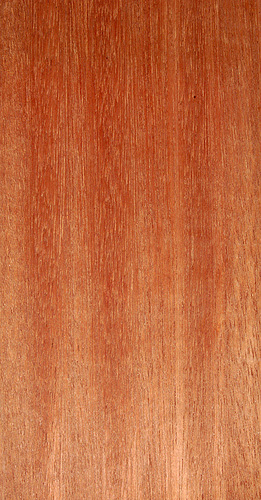|
|



|
Family: Meliaceae
Genus: wietenia
Species: Swietenia macrophylla The three species are poorly defined biologically, in part because they hybridize freely when grown in proximity.
Common Names: mahogany, Caoba, Atlantic mahogany, Chacalté (Mayan)
Parts Used: Wood
| PLANT DESCRIPTION | | Characteristics: | Easily identified in the forest because of its unique
canopy and branches; leaves are usually bright and the asymmetric shape of leaflets
can be clearly seen through binoculars; erect grayish to reddish fruits located
at the tip of branchlets are very conspicuous, measuring more than 10 cm in
length. It is a big tree, reaching 50 meters in height with a clean trunk up
to 25 meters; adult trees have a 75 - 150-cm diameter at breast height and buttresses
may rise to 4 meters. Bark is dark reddish brown with many deep fissures along
the trunk
|
Distribution and ecology: It is found at 0 - 400 m.a.s.l. in subtropical
moist forests and subtropical wet forests. It can be seen in the Guatemalan
provinces of Petén, Izabal, Quiché, and Alta Verapaz, and also
from southern Mexico to the Amazon basin and Peru in tropical forests.
Wood and uses: Wood from this species is considered to be one of the
best known in the world and for a long time it has been the standard in assessing
all the other species as to furniture manufacture. When freshly cut, its wood
has a reddish heart, and it is pink, salmon or yellowish.
Potentially Endangered: Bigleaf mahogany is one of the worlds
most valuable timber species,
averaging $1300 per cubic
meter in the U.S. This high
value drives a thriving and
largely illegal logging
industry in many parts of
South America. Loggers will
often build roads into virgin
forests to extract a single
stand or tree of mahogany.
This provides access for those
logging other timber species
in these areas, which
ultimately leads to burning
any remnants to make way for
agriculture and ranching. This
cycle has been repeated
throughout the Amazon, making
mahogany logging a leading
driver of deforestation in the
region. Such illegal logging
and deforestation also
contributes significantly to
habitat destruction of other
rare rainforest species, such
as tucans and parrots.
Additionally, the US National
Academy of Sciences lists the
species as vulnerable, and
other international experts
note its complete
disappearance in
three-quarters of Central
America and commercial
extinction in areas of Brazil
and Colombia.
To slow this
destruction and to avoid the
extinction of bigleaf
mahogany, Guatemala and
Nicaragua proposed listing the
species on Convention on International Trade in Endagered Species of Wild Fauna and Flora (CITES) which is the most important international treaty governing trade in threatened and endangered wildlife..
at the twelfth Conference of
the Parties to CITES in
November 2002. This would
require that future trade in
mahogany be conducted more
sustainably. Despite
opposition by Bolivia and
Brazil, both major exporters
of mahogany, countries voted
overwhelmingly in favor of
protecting the species.
|
|